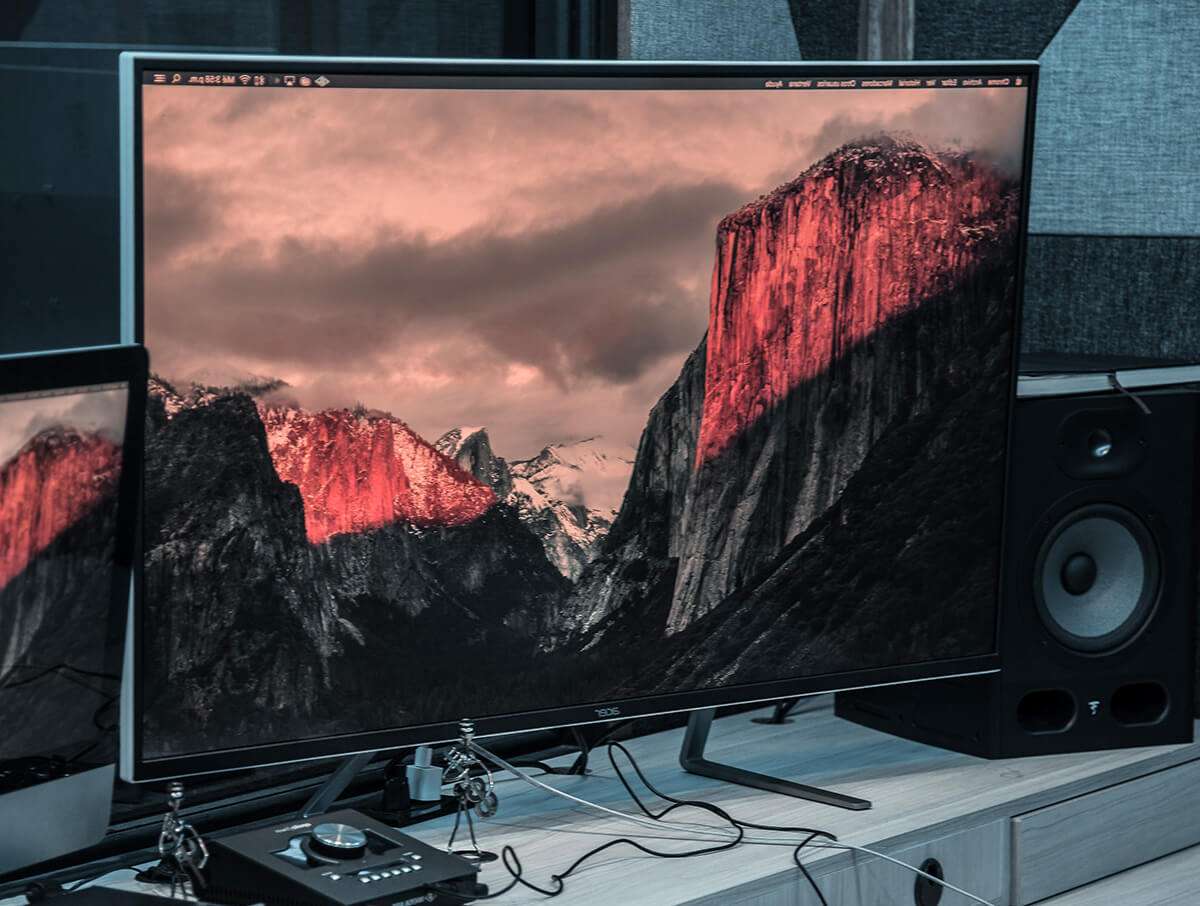


Today, most well-designed studio reference monitors feature frequency fine-tune controls for tailoring a speaker’s response to best fit your listening environment. Though it’s no less important to tune your room for better acoustics (a topic for another blog), a proper near-field setup can reduce much of the room tone that you would normally hear if you were seated farther away from your monitors, outside the sweet spot. The point of near-field monitoring is to remove as much room coloration from your listening position as possible. Each of these units is designed to sit on your desktop and provide ergonomic monitor control, making it easy to switch between monitors while you’re mixing without losing your “sweet spot” (the listening position between your monitors that sounds the best). Two of the most popular solutions on the market are the PreSonus Monitor Station and the Mackie Big Knob (both units are about $300). The stereo mix coming out of your audio interface’s monitor output is then connected to this box and split (multiplied) into several monitor output paths, each of which can be sent to its own monitor destination (including headphones).

This begs the question, “Where do I connect another set of speakers?” The solution is to add an analog monitor control box to your system.

Of course, chances are that your audio interface only has one set of monitor outputs (a pretty standard design). TAKE A BERKLEE ONLINE COURSE WITH ERIK HAWK! Add an Analog Monitor Control Box This dual monitor approach will let you hear how most listeners will be hearing your tracks-over a cheap home stereo system, a television, or computer speakers-instead of the precise, accurate, and “flat” sound of your pricey studio reference monitors. However, to truly hear how your music will translate to the outside world, the real world beyond the four walls of your comfy studio, you should be working on at least two sets of speakers: your main near-field monitors and a set of small, inexpensive desktop computer speakers (minimonitors). Most home-studio owners purchase one good pair of powered reference monitors and that’s it. Do you think you’re set with one pair of professional studio monitors? If so, think again.


 0 kommentar(er)
0 kommentar(er)
